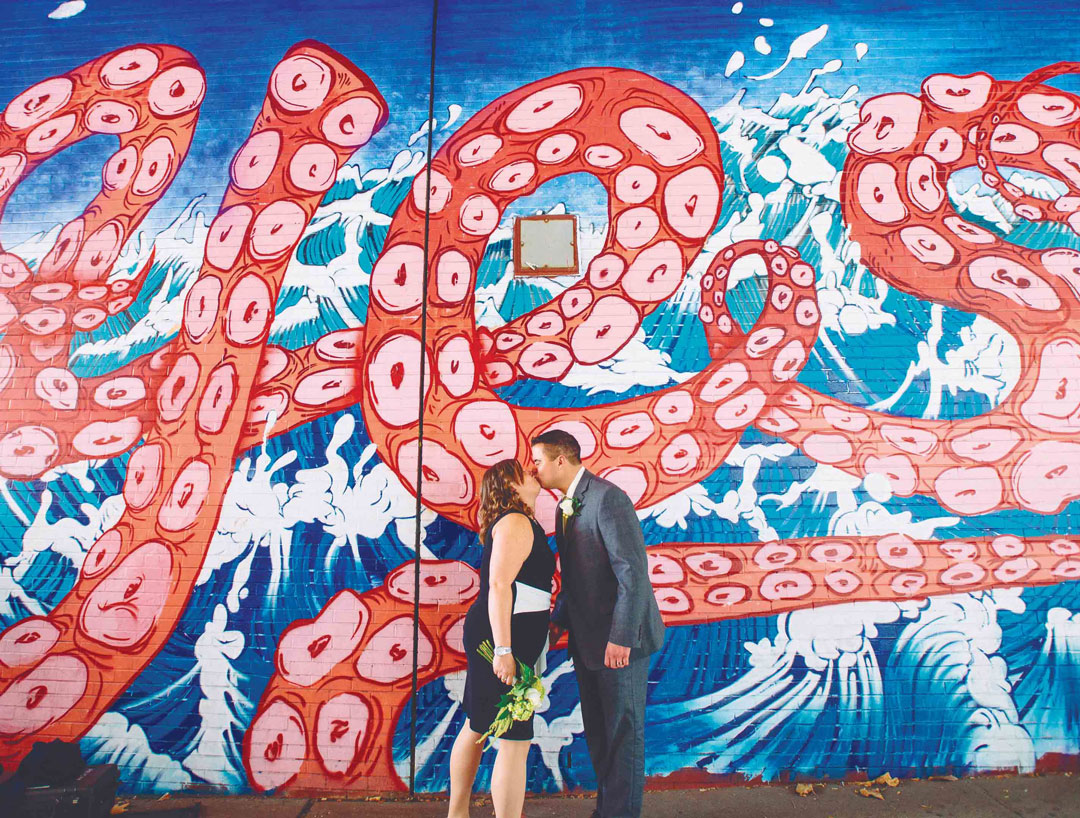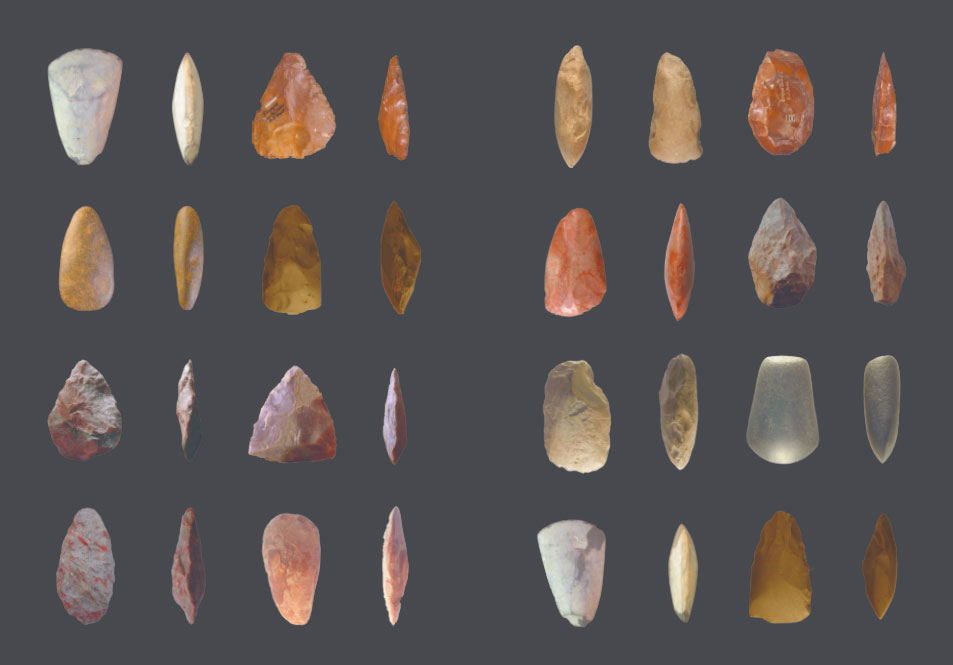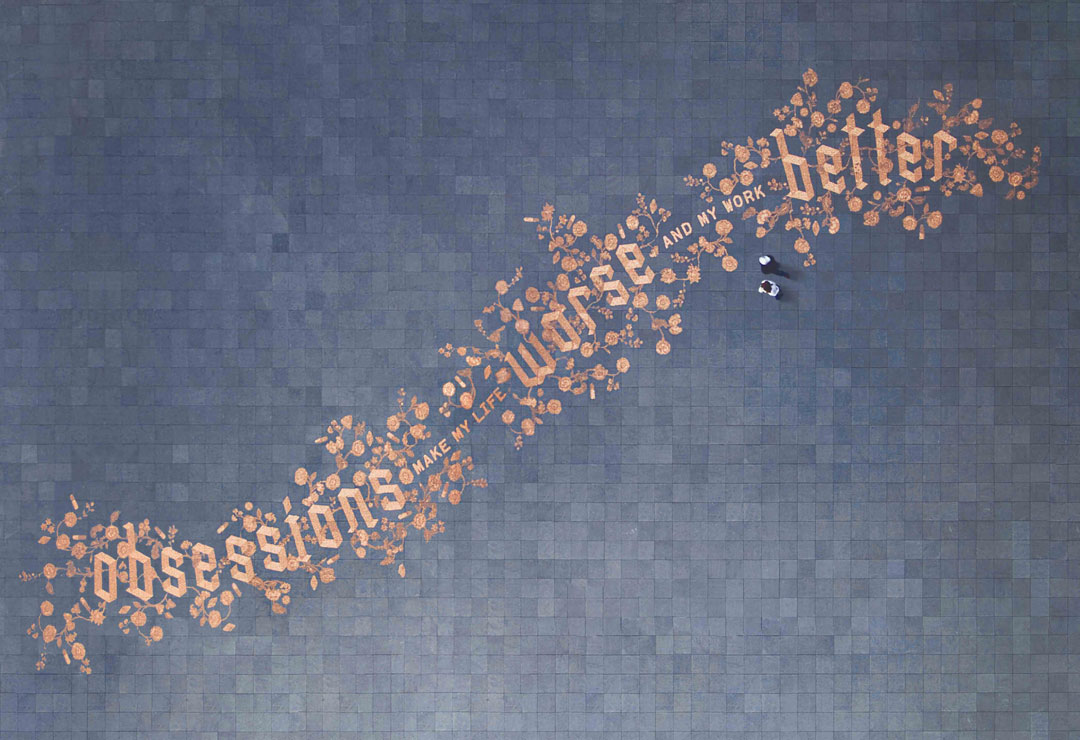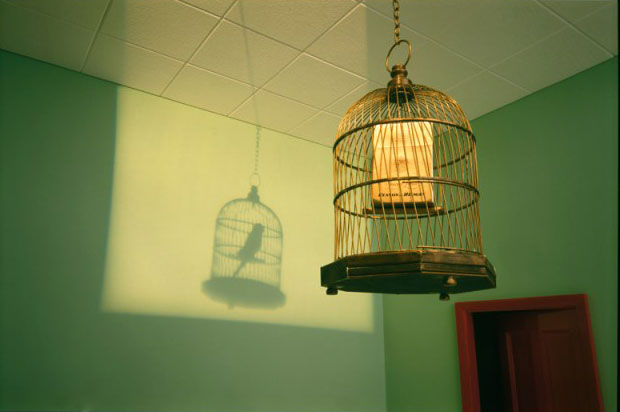
Sagmeister & Walsh want to bring back beauty
The pioneering designers say we no longer appreciate or value beauty, even when it makes for better design
As two of the word’s leading graphic designers Stefan Sagmeister and Jessica Walsh love beauty. And you would surely be right in assuming that beauty was a guiding principle for all of those in their profession.
But it's not so. “In the design world today, most respected practitioners claim not to be interested in it,” the pair argue in their new book, Sagmeister & Walsh: Beauty. “Artists avoid it so as not to have their work labelled decorative or commercial. One can leaf through stacks of architecture books without seeing the term mentioned. At one time a universal aspiration, the pursuit of beauty came to a crash landing at the beginning of the twentieth century.”

That downward trajectory is, the pair argues, largely due to Modernism’s rise. Since the early 1920s, “design schools have proselytized modernist principles, which privilege uniformity, the grid, rectangular compositions, and a preference for black, white, and beige. The approach to designing buildings, products, and graphics became purely analytical, the choice of materials entirely rational, the goal exclusively functional. Architects and designers often went to such extremes that they wound up designing everything with a psychotic sameness.”

This hasn’t always been the case. In fact, a rejection of beauty is only a recent aberration. Sagmeister & Walsh identify a preference for beauty in the production of prehistoric stone axes – many of which were fashioned symmetrically, despite symmetry offering no clear functional advantage. They trace this preference for the beautiful through antiquity and up until the nineteenth century, which they characterize as a time “obsessed with beauty.” “The idea that true beauty can only be expressed through the arts, and that art has no other function than to create beauty, was widespread,” they write.

That value system switched about a century ago, with Modernism’s rise, when Duchamp’s ready-mades, alongside Cubism, Expressionism, and perhaps most notably Futurism rejected conventions of beauty, with the Futurists arguing that a racing car is more beautiful than the classical sculpture, The Winged Victory of Samothrace.
Similar ideas of order and machine dominance were espoused by architecture’s leading figures of the day, such as Le Corbusier, despite the more unusual elements of his more extreme schemes, which advocated, for example, the bulldozing of large parts of Paris to make room for his own standardized towers, separated by multi-lane highways.
There were other, more minor flaws in the design community’s anti-beauty philosophy, the pair point out. “The idea that less-elaborate objects would be cheaper to manufacture was questionable from the beginning,” they write. “Straight lines were difficult to achieve in mass production, as every irregularity became apparent immediately, while rich ornamentation was better able to hide flaws.”
Despite the sloppy thinking, beauty has largely been relegated to a second-order interest in the creative arts, save for a few hold outs. The fashion industry stands out as an industry that truly values its core element, in the pair’s view, while Japan remains a country where beauty is still prized. More surprisingly, Sagmeister & Walsh cite the 1980s advertisements for Benson & Hedges cigarettes in the UK as examples of beautiful work.

The Internet, however, hasn’t helped beauty’s cause. “Of course, gorgeous things can be found all over the World Wide Web,” they argue, “so it seems perplexing that the interfaces themselves are often designed within purely functionalist strategies, devoid of aesthetic consideration or visual appeal. If we compare the mobile application designs of companies like Facebook, Airbnb, and Etsy, it seems their interfaces depend on the formal developments that originated in the 1920s.”
This enduring antipathy toward beauty is all the more surprising, since, the pair argue, you can make things beautifully fairly easily. “Everything is designed,” write Sagmeister & Walsh. “This can be done beautifully, or not. It is well worth our time to execute our environments with love, intelligence, care — and beauty.”
Using contemporary research and their own online polling the pair demonstrate a latent desire for beauty – whether visual, aural or olfactory – that the design world seems to have overlooked.
So should designers follow Sagmeister & Walsh’s lead, and favour beauty over function? Not quite, the pair argues.
“We believe that beauty itself is function,” they surmise. “Without it, nothing ever really works well. As designers, we must never forget how important beauty is to our work, or we’ll be condemned to a world in which expediency is privileged and dull work predominates.”

For a deeper dive into the history, rejection and uses of beauty, that takes in everything from Björk to Bolivian architecture, order a order a copy of Sagmeister & Walsh: Beauty here.